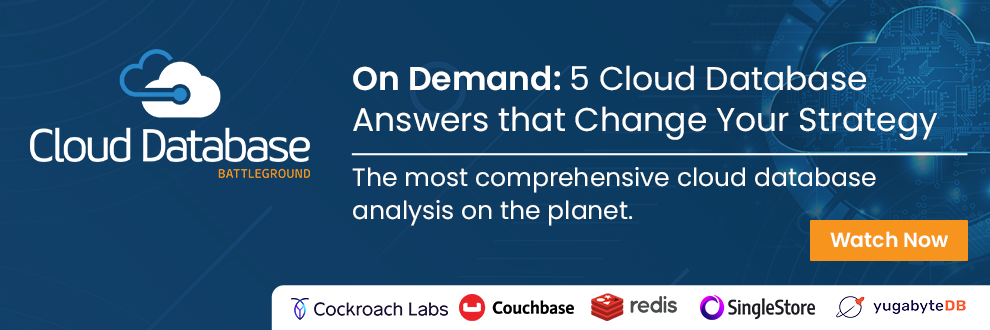
At the foundation of every project there should be two key aspects working together to drive a successful outcome: the fundamentals (the WHY) and the process (the HOW). Given these basics, why do so many project still fail?
This is often the result of putting too much focus on the needs of CXOs or too much focus on the needs of engineers and developers. Yes, both needs are valid, but when it comes to the critical nature of data and artificial intelligence, a gap can arise that will cause even the most ambitious projects to fail.
With this in mind, I decided to do a series of articles to equip CXOs with practical advice on initiating, executing, and managing data and AI projects successfully. This first article will focus on the deliverables and understanding their value as a core asset to short-, mid-, and long-term business outcomes.
Fundamentals — the Why
Let’s start with a couple of principles needed for every project – deliverable(s) and success (or failure). Any project can deliver something after planning, execution, or closing — no matter if it’s a solution, a new product or service, or process improvement. However, not all deliverables are a success from an operational standpoint.
So, what makes a deliverable successful? Simple: It needs to add value to the organization by increasing productivity and efficiency, or generating more business opportunities to increase revenues.
Data and AI projects are no exception. The goal is to define the needs and outcomes upfront, but to be flexible should there be any changes in business objectives. Again, focused on strategic outcomes and business opportunities.
This is called the why, as we must answer: Why do we need a data and artificial intelligence project in the first place?
Process – the How
After defining the why, it is time to define the process (the how) – the high-level execution. To do so here’s some key advice: Treat a data and AI project as an asset that you must acquire.
In the same way that we purchase a computer, software license, cars, or real estate, there are things that must be done:
- Gathering the right resources
- Recognizing that amortization will be incurred
- Calculating the return on investment (ROI) and the return on time investment (ROTI)
To do this, here are some recommendations:
Define the ultimate purpose and goal of the data project.
You must not be too broad or extremely specific. In data and AI projects, nobody knows what’s possible until the data is seen, the environment is understood, and the capabilities of the AI systems are recognized. As mentioned before, be flexible with the scope, but not too flexible to incur scope creep — something very usual in data projects.
Assign a timeframe for the execution of the project.
In my experience, any data project with a defined feasible purpose must be no longer than 13 weeks or one quarter. Otherwise, it is easy to enter the “never-ending-iteration-process” to improve what was done before. This will lead to losing perspective on the original intent of the project and, again, scope creep.
Define a budget and assign resources.
Similar to how finances must be arranged to acquire a third-party product or service, even if your organization has an internal data team, it’s essential that all resources – human and technical – have the time and cost involved completely accounted for and recorded. In other words, treat your data and AI teams as business units from which you are going to purchase a product.
Further, the investments in these resources must be approved and sponsored by somebody – ideally a CXO. This way, the project will be formally backed up by a decision maker with real “skin in the game”.
The right team must be in place.
I will cover this topic in the next part of this series, but having the right team means more than just having project managers, scrum masters, data engineers, data scientists, and data analysts. It also means having the right points of contact from the different departments or business units that the project will impact.
Consider forming a Center of Excellence, represented by multiple areas (stakeholders) within the company, to help with overall governance, compliance, security, validation, and approval.
Final Thoughts
Think about the business impact when doing any project — even data and AI projects. The responsible teams must deliver something specific which must add value to the organization — and all agreed upon upfront.
As a CXO, be open to following the advice of the technical teams. Conversely, the technical teams need to be understanding of the CXO vision and business objectives. Once this is understood, stick to the plan and don’t be afraid to demand high levels of quality and ROI/ROTI.







